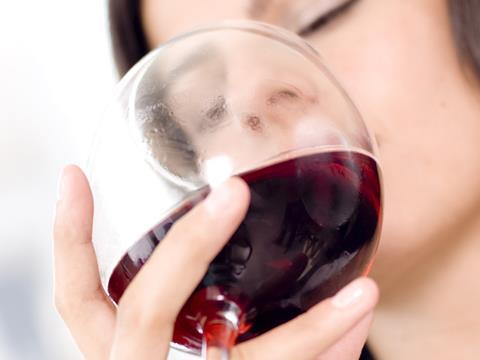
When Concha y Toro gathered a group of journalists at a London hotel yesterday morning, it was to tell us that South American wine is booming – and if it carries on at its current trajectory, it will be the second-biggest region in the UK market by 2018, though still far behind chart topper Australia.
You might – as one attendee did – wonder why South America gets to be a ‘region’ when all of the other regions are single countries. Whether you accept Concha y Toro’s assertion that this is common practice or not, the fact remains that both of the main producers, Chile and Argentina, are looking very healthy at the moment.
But context is everything, and the context is that Chile and Argentina are a couple of rich, full-bodied stonkers in a category that’s looking rather weak and insipid right now. Over the year to the end of January, still wine sales fell 1.9% in volume and 1.5% in value [IRI] – but in the last 12 weeks of this, the decline was much more severe – 3.6% volume and 2.9% value – thanks partly to Dry January picking up popularity. Over 52 weeks, of the top 10 producer countries only Australia, Chile, New Zealand and Argentina grew – while in the past 12, Australia also went into decline.
Concha y Toro’s team, including category and insights controller James Leacy, ran through a very thorough analysis of the challenges facing the wine business, from consumers adopting moderation on masse, to supermarkets slashing their ranges – the average store between 25,000 and 60,000 sq ft has cut its range from 606 to 525 SKUs in the past year [IRI].
But the most interesting part of the session was with guest speaker Ryan Opaz, the founder of wine conference DWCC and an advocate for making wine accessible. Opaz received a lot of attention in January for this excellent blog about why the wine industry has everything back to front. Yesterday he talked passionately about how there are potential marketing opportunities out there that few in the industry would have even begun to think about – giving the example of the massive online knitting community, many members of which, unsurprisingly, enjoy drinking wine. Another counterintuitive idea: target beer drinkers, because the range of flavour profiles in wine and contemporary craft beer have a huge amount of overlap.
For this reason, every corner of the wine industry should be celebrating the success of the fruit and light wine segment, which is worth £104m now and will double in size in two years, according to E&J Gallo’s European boss Bill Roberts. Gallo is about to launch a third flavour of its Gallo Family Vineyards Spritz range, which debuted last year and is now the number two brand after Echo Falls Fruit Fusions. At 5.5% abv, Spritz is probably even more of an affront to wine bores than Fruit Fusions. But if it gives younger consumers their first step on the ladder – possibly creating ‘real’ wine drinkers a few years down the line – those very bores should be getting in the Champagne. Or Prosecco. Or whatever else they feel like drinking.




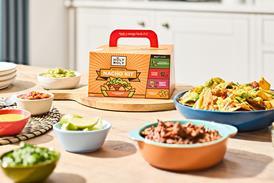


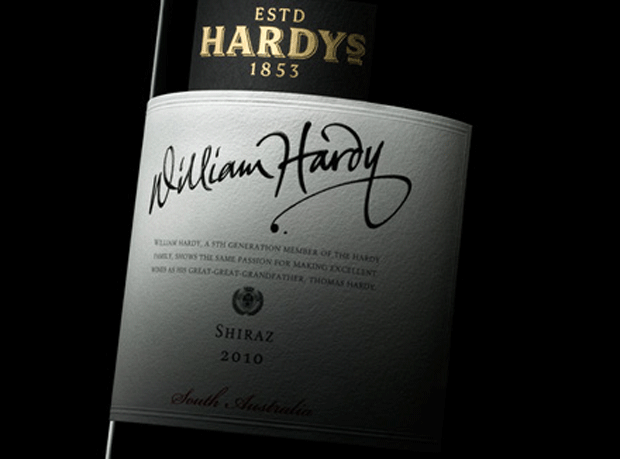
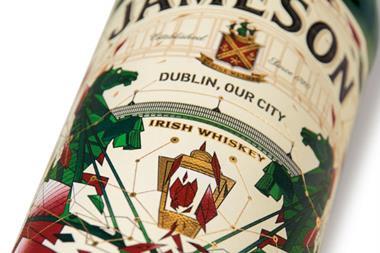


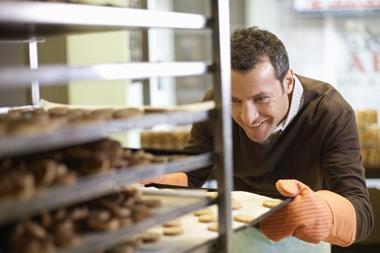



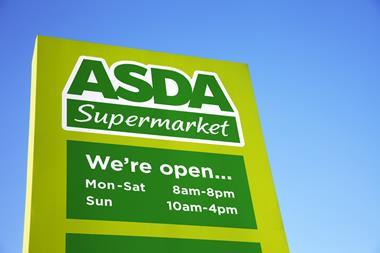
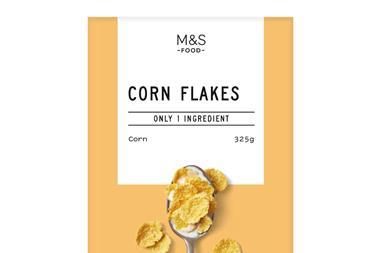
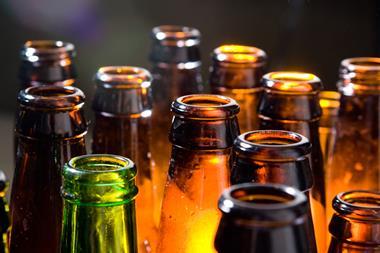

No comments yet